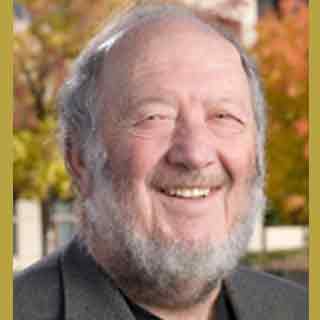
Teratomas are basically tumors that develop in the embryonic stem cells that haven’t converted into the required tissue when transplanted into patients. According to the scientists, this technique may help in eliminating debris of tumor-instigating cells from the overall cell population attained from iPS cells. It may also be beneficial for therapy, but iPS cells are produced in the lab from adult tissue. This is not the case with embryonic stem cells.
“The ability to do regenerative medicine requires the complete removal of tumor-forming cells from any culture that began with pluripotent cells. We’ve used a combination of antibodies to weed out the few undifferentiated cells that could be left in the 10 or 100 million differentiated cells that make up a therapeutic dose,” commented Irving Weissman, MD, director of the Stanford Institute for Stem Cell Biology and Regenerative Medicine.
Differentiation measures that are normally used often give rise to mixed cultures of cells. They believe that even 1 single undifferentiated cell seemingly has the potential to transform into a teratoma. Therefore a method to discard these cells before transplantation should be adequate. Teratomas are known to develop from pluripotent cells. Strikingly, a cell’s pluripotency tends to make it hazardous for therapeutic utilities. Precisely, this was why the researchers started analyzing ways of developing an antibody that will identify and unite with pluripotent cells and allow separating them from the mixture. Such antibodies have been known to exist though they have not been thoroughly successful.
As part of the research, two clans of antibodies were examined. One of them was commercially available and the other that they manufactured themselves. They wished to observe which of these cells integrated strongly with pluripotent cells excluding the differentiated cells. One such antibody that appeared to be substantially specific for initially unknown markers called as stage-specific embryonic antigen-5, or SSEA-5, was found. The cells which seemed to bind to the latter apparently expressed large proportions of pluripotent-specific genes and looked similar to embryonic stem cells. Anti-SSEA-5 also strongly attached to the inner cell mass of an early human embryo.
When the scientists inserted human embryonic stem cells identified by anti-SSEA-5 into mice, they seemingly found that the cells formed teratomas each time. Nevertheless, cells that did not cling to anti-SSEA-5 seemed to result in small teratomas in 3 out of 11 trails. A method that could combine anti-SSEA-5 with 2 other antibodies that are known to join pluripotent cells supposedly separated the pluripotent from the differentiated cells. Though minor growths were seen in certain cases. Further tests disclosed that anti-SSEA-5 spots and combines to a cell-surface carbohydrate structure known as a glycan. While pluripotent cells differentiate, this glycan faces alterations to form another glycan structure that are not comprehended by the antibody.According to Tang, the analysis of glycans is an essential field of stem cell biology. He added that many glycans are expressed in embryonic stem cells but not in differentiated cells. This calls for further analyses that may give an insight into embryonic stem cell biology.
The research is published in the August 14 issue of the journal Nature Biotechnology.
